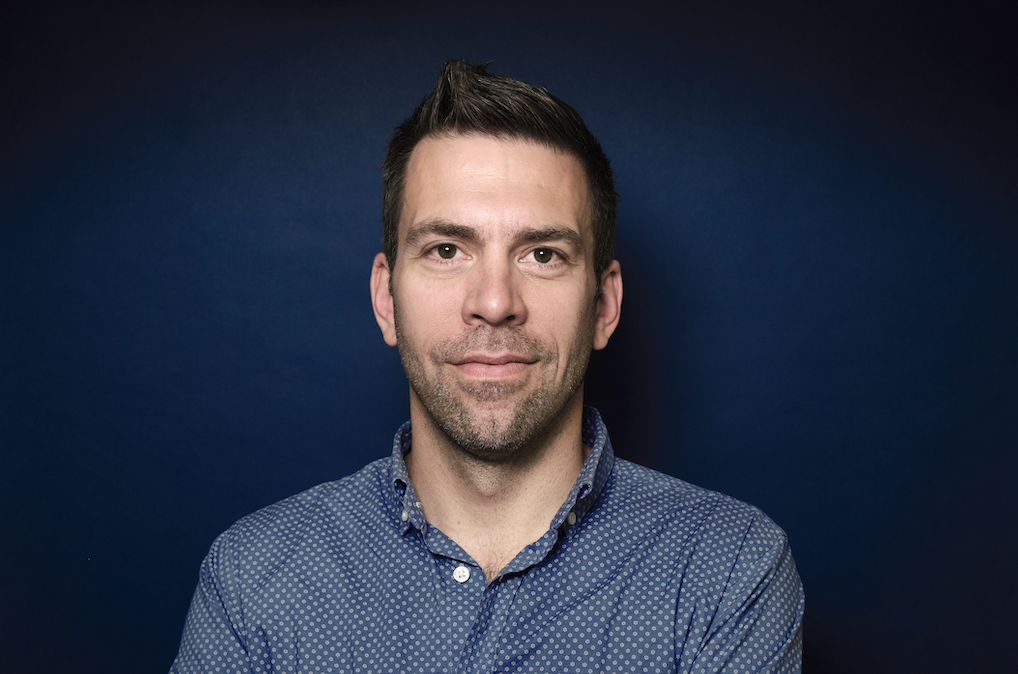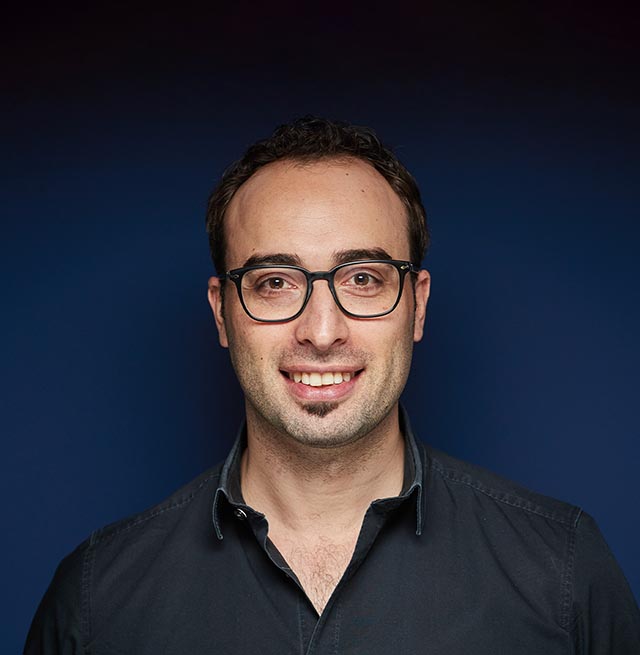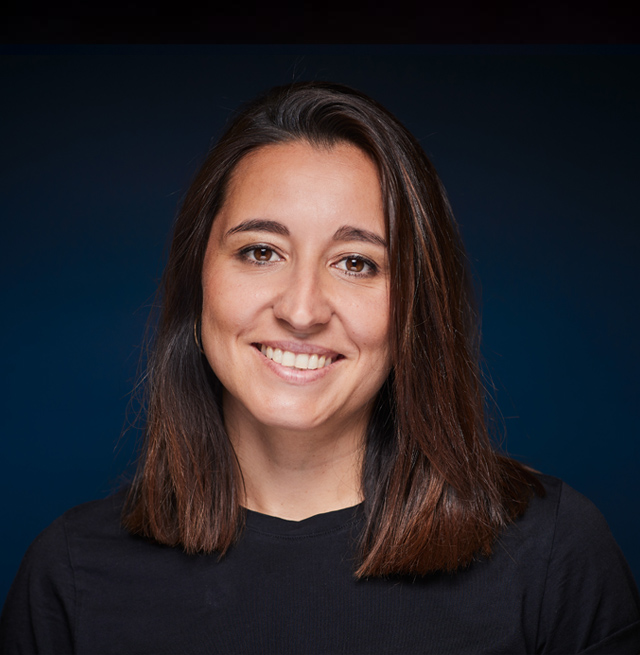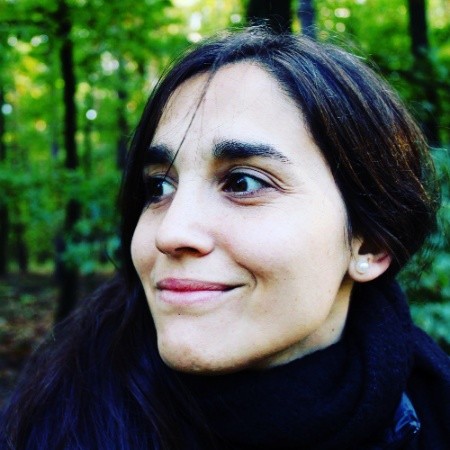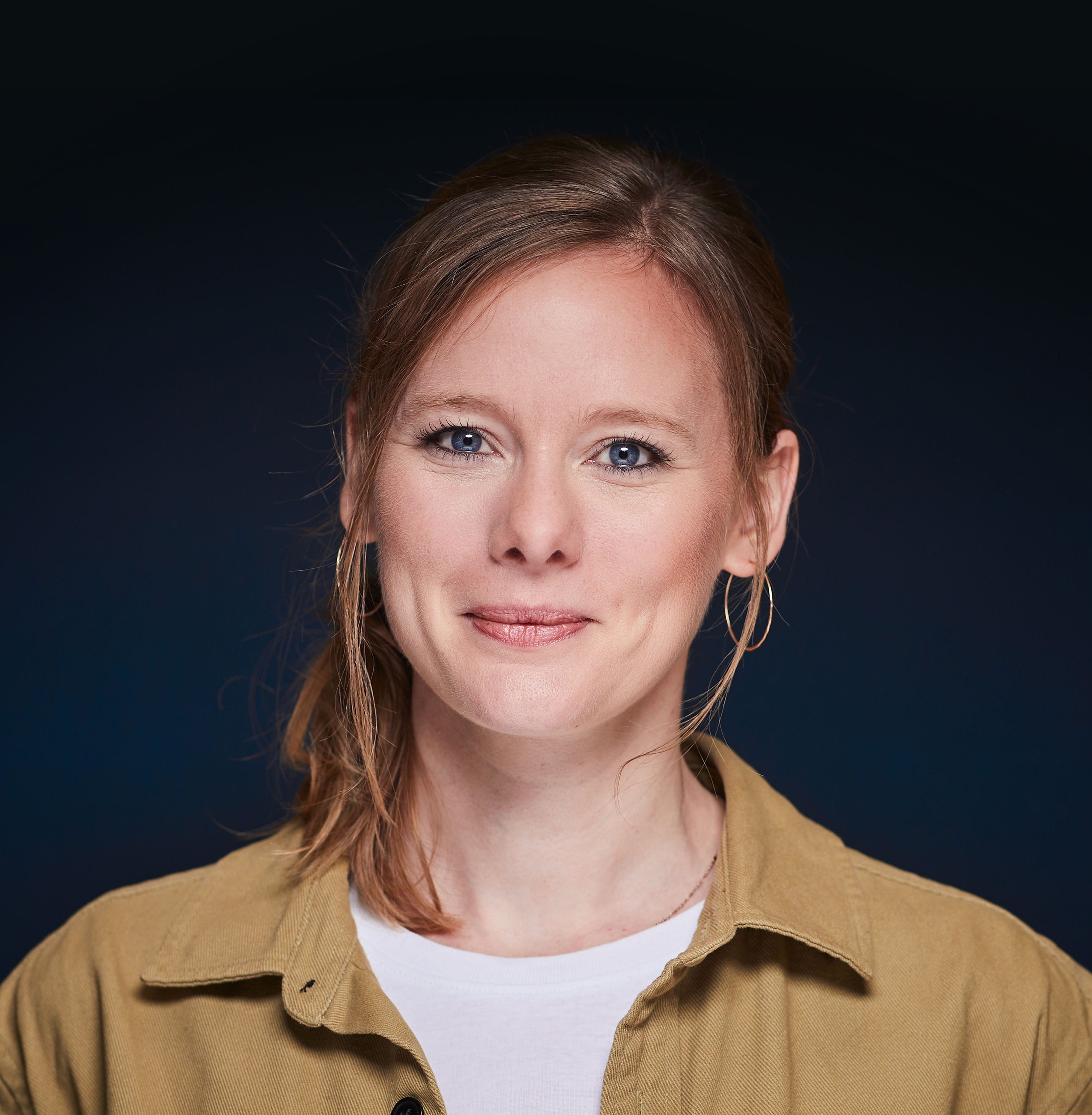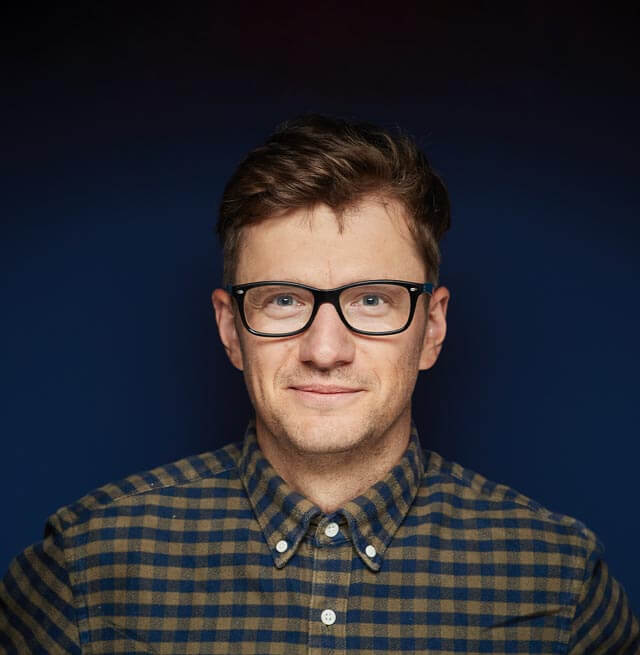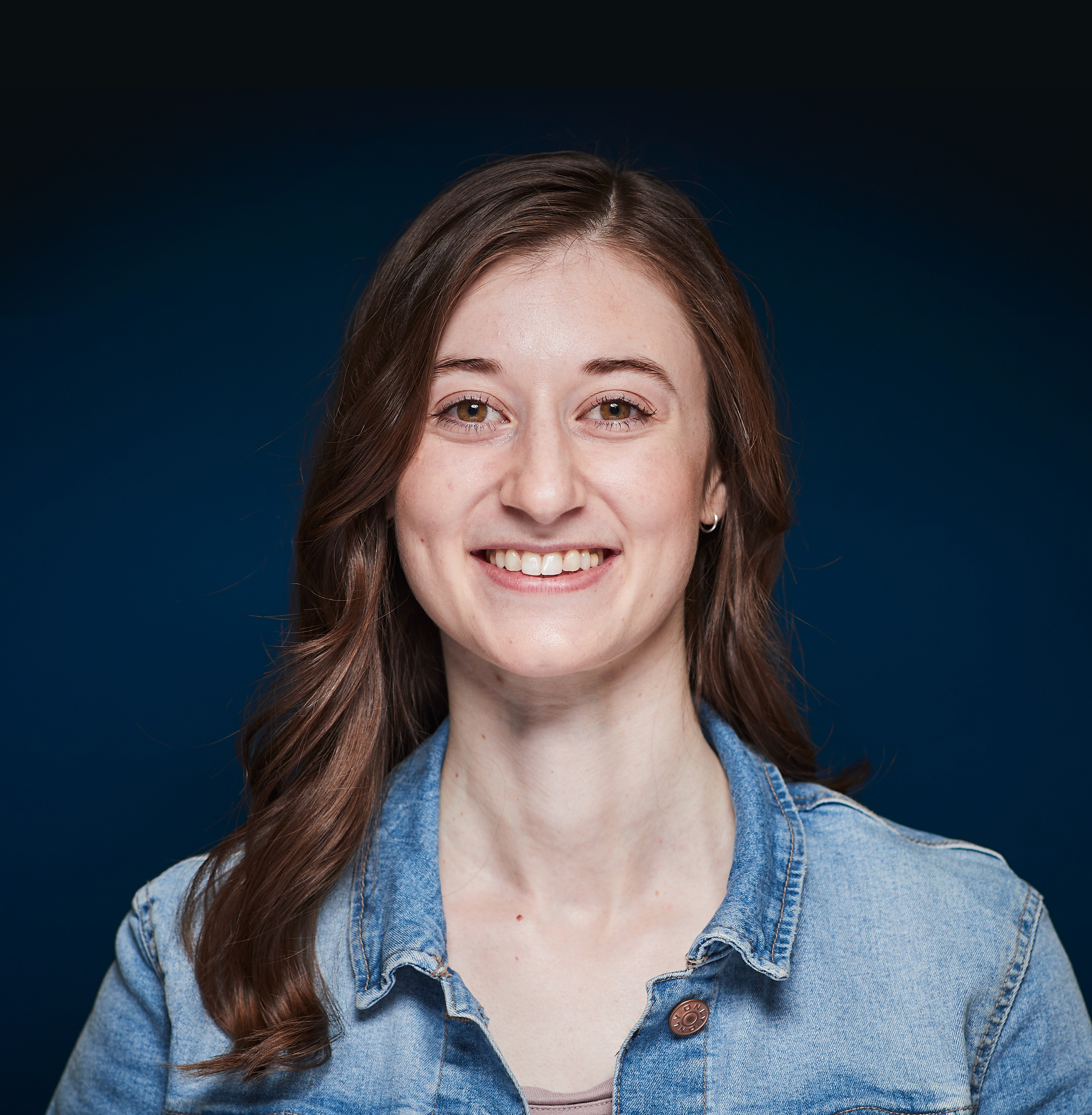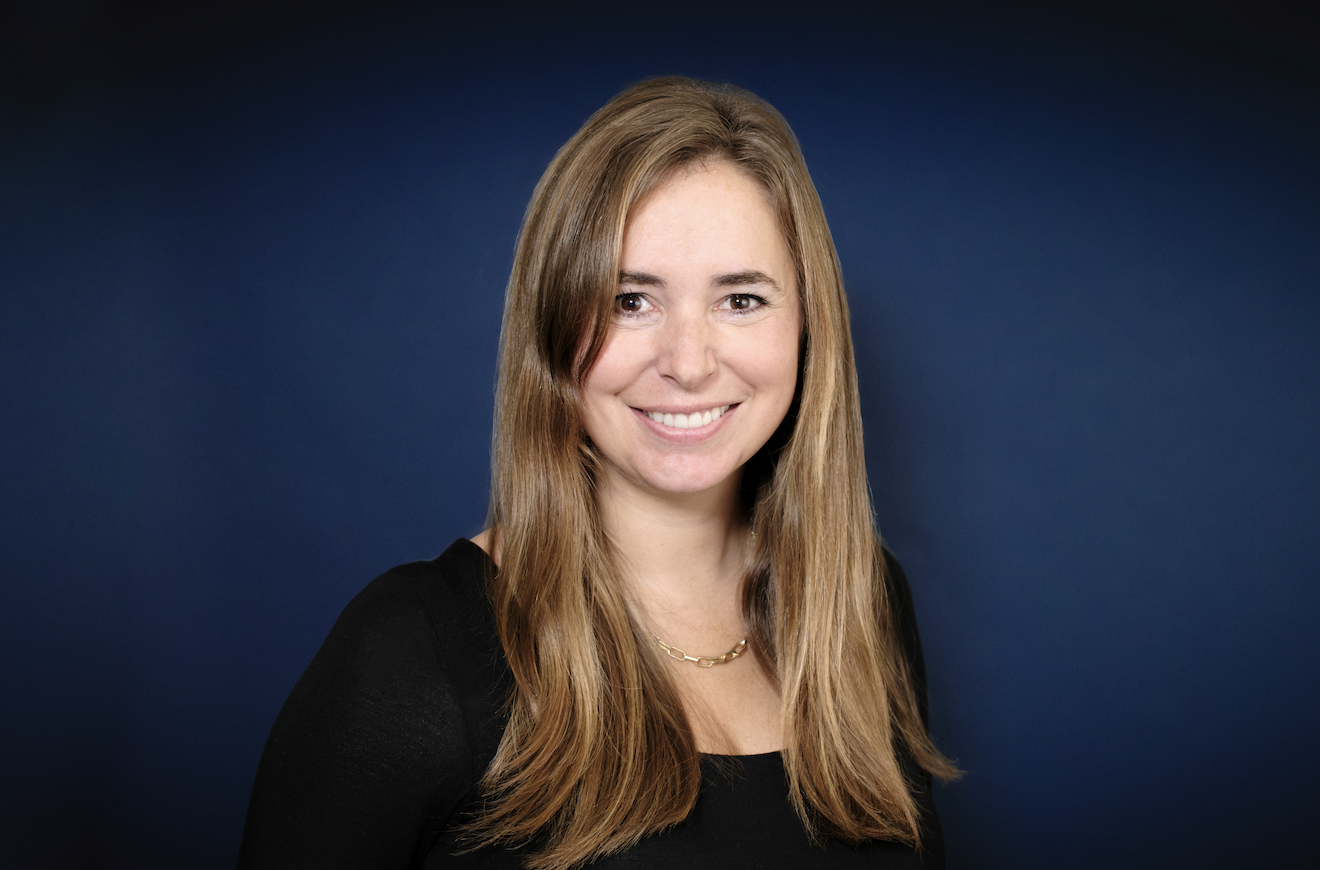Caleb is leading our business in the United States – focused on launching our first commercial service. Caleb comes to Vay after co-founding and leading Uber’s investments in the rental car and car delivery spaces as their Global General Manager. Caleb joined Vay at the end of 2022, and is focused on driving our mission, to solve transportation in metropolitan areas by launching a safe, affordable and convenient door-to-door mobility service in the US.
With his expertise in the US mobility and transportation markets he has been a key addition to the Vay team that’s building the remote driving revolution. Take the chance to learn more about Caleb and his work at Vay:
Caleb, tell us about yourself and what you worked on before joining Vay:
At Uber I had the opportunity to build and launch the company’s rental car and delivery service. The service that we offered is called Uber Rent and Valet. With that rental service we tried to reduce personal car ownership. The Uber Valet product was built to give users access to cars they can drive at the touch of a button.
That’s exactly what drove me in my work at Uber and why I’m so excited about Vay’s mission: Making ordering and driving a car as easy as pushing a button.
What attracted you to join Vay?
The reason I was interested in Vay: they want to do something very similar to what we were aiming to do at Uber. The fundamental difference is that Vay has the underlying technology of teledriving (remote driving) to improve access to cars that you drive yourself and order directly to you through an app easily and quickly. Vay’s B2C service has the potential to revolutionize mobility in cities.
Remote-controlled cars give Vay the ability to deliver cars efficiently, with lower costs and quickly, made possible by teledriving. The teledriving mobility service means not only a great user experience, but also an attractive employment opportunity for employees and especially drivers.
What are your key responsibilities as the US General Manager at Vay?
The main responsibilities as US General Manager at Vay are to coordinate the broader team: technical, operations, finance, legal or communications, to design and deliver an experience that users will love, and build a product that offers a return on investment to Vay’s investors. To make that happen, all the different players have to come together across disciplines to develop our idea and the underlying technology into a product that not only meets users’ needs, but to build a product that users will love.
However, the product must not only serve the needs of users, but also be a profitable business. That’s also part of what falls within my remit as General Manager: Making sure we continue to provide users with a service they love and that makes business sense for Vay and their investors.
What drives you to focus on Vay’s mission?
There are many companies in the mobility space, but what excites me most is Vay’s vision of how the new mobility services will change the way we move in cities and how it can change the world as we know it in the future.
What also drives me is that Vay’s ability to deliver on the promise of bringing our door-to-door mobility services safely, affordably and sustainably from Europe to cities around the world seems very real.
I am excited to be able to bring our technology, developed in Europe, to market globally for the first time and to generate our first dollar of revenue in the United States. We’re working towards the goal of launching and scaling Vay’s service in the United States and around the world.
For me, working at Vay is a great opportunity, not only professionally but also personally. I have the opportunity to build an innovative mobility service for myself as a user, and for many others around the world, that is sustainable and brings benefits for our society, cities and future customers.
How do you see the US transportation and new mobility market?
I think we at Vay have an opportunity in the US mobility space to really reduce personal car ownership in a sustainable way. What ridesharing has done for short trips in different areas, we could likely do with Vay’s teledriving service, given our cost structure, for medium and longer trips. That’s a very exciting business opportunity, but also a great chance to replace low-use personal cars and create more livable space in cities.
Where do you see the future of the teledrive-first approach of Vay?
Our teledrive-first approach allows us to go to market faster than if we had taken an autonomous-only approach first. I believe our approach makes the business and service we can provide to users safe and successful.
As I mentioned earlier, I don’t see the new mobility and transportation sector as a winner-takes-all market that Cruise, Waymo or other companies, for example, could claim on their own. We’ve even seen that with the recent announcements from Waymo and Uber in their partnership – it’s going to be a multi-player ecosystem.
I have learned to see the market of interest to Vay much more as an ecosystem approach. In this ecosystem there will always be areas where not all technologies work equally well. For example: In certain areas it will still be challenging to solve transportation problems through autonomous driving in the future.
Therefore Vay’s successfully launched teledriving approach is able to play a role in the broader ecosystem that will change the transportation in metropolitan areas in the US, Europe, and in cities around the world.
